In 2025, advancements in Skid Steer Loader technology are reshaping the construction and agriculture industries. This article delves into market dynamics, performance benchmarks, and critical factors for professional buyers, offering invaluable guidance for selecting the right equipment. Stay informed and make strategic purchasing decisions with this comprehensive analysis.
Table of Contents:
– Market Overview of Skid Steer Loaders
– Detailed Analysis of the Skid Steer Loader Market
– Key Factors When Selecting a Skid Steer Loader
– Advanced Technology Features in Skid Steer Loaders
– Durability and Build Quality
– Cost Considerations and Budgeting
– Future Trends in Skid Steer Loader Technology
– Final Thoughts
Market Overview of Skid Steer Loaders
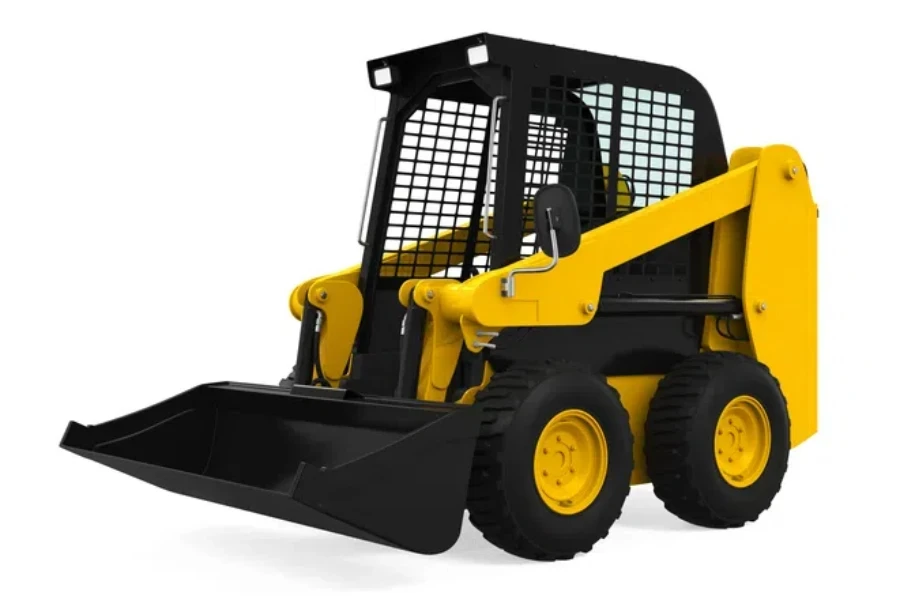
The global skid steer loader market has seen significant growth and is set to continue its upward trend. As of 2024, the market was worth approximately USD 2.5 billion and is projected to reach USD 3.8 billion by 2030, with a compound annual growth rate (CAGR) of 7.2%. This growth is driven by increasing urbanization, infrastructure development, and the expanding construction sector across various regions.
North America holds the largest market share, accounting for over 35% of the global market, followed by Europe and Asia-Pacific. The demand in North America is primarily driven by the need for efficient and versatile equipment in construction and agriculture. The Asia-Pacific region is expected to witness the highest growth rate, due to rapid industrialization and urbanization, particularly in countries like China and India.
The market features several key players, including Bobcat Company, Caterpillar Inc., Deere & Company, and CNH Industrial N.V. These companies focus on product innovation, strategic partnerships, and mergers and acquisitions to strengthen their market position and expand their product portfolios.
Detailed Analysis of the Skid Steer Loader Market
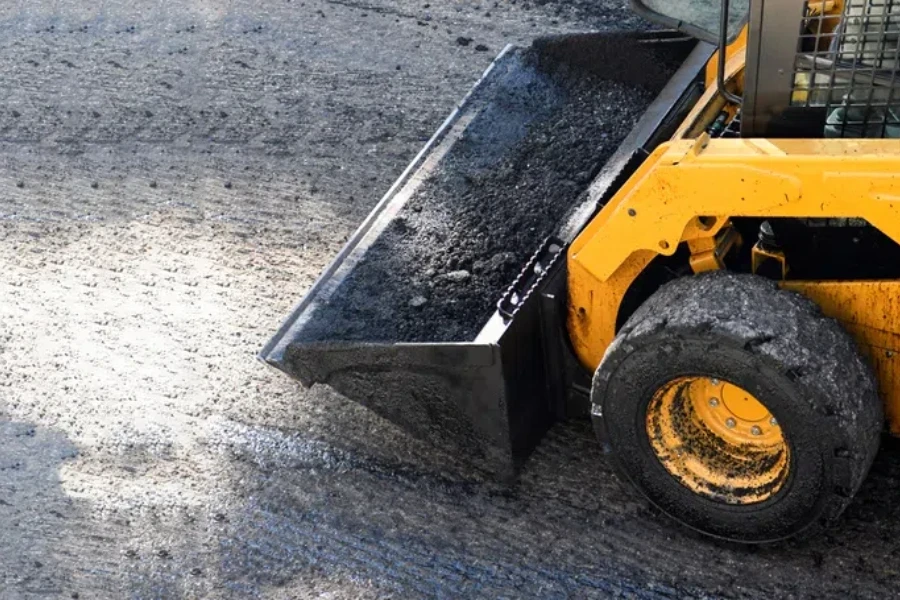
Skid steer loaders are compact, versatile machines valued for their ability to perform a wide range of tasks in construction, landscaping, and agriculture. They come with various attachments, such as buckets, augers, and trenchers, enhancing their functionality and efficiency.
Key performance benchmarks for skid steer loaders include engine power, rated operating capacity, and hydraulic flow rate. Modern skid steer loaders have engines ranging from 50 to 100 horsepower, offering rated operating capacities between 1,500 to 3,500 pounds. High-flow hydraulic systems, capable of delivering up to 40 gallons per minute, allow these machines to handle demanding tasks easily.
Market share dynamics reveal that the top five players account for approximately 60% of the global market. Caterpillar Inc. and Bobcat Company are leading manufacturers, known for their technological innovations and extensive dealer networks. Government investments in infrastructure projects and favorable financing options have significantly boosted the demand for skid steer loaders.
Consumer behavior has shifted towards more compact and fuel-efficient machines. This trend is driven by the need for cost-effective solutions and compliance with stringent emission regulations. Distribution channels have evolved, with digital platforms playing a crucial role in reaching a broader customer base and providing seamless purchasing experiences.
Recent innovations in skid steer loaders include the integration of telematics and automation technologies. These advancements allow for real-time monitoring of machine performance, predictive maintenance, and enhanced safety features. The product lifecycle of skid steer loaders typically spans 7 to 10 years, with continuous improvements in design and functionality extending their operational lifespan.
Digitalization and social trends have further influenced the market, with manufacturers adopting Industry 4.0 practices to streamline production processes and improve supply chain efficiency. Customer pain points, such as high maintenance costs and downtime, are being addressed through extended warranty programs and the development of more durable components.
Brand positioning strategies focus on highlighting the versatility, reliability, and efficiency of skid steer loaders. Differentiation strategies include offering customizable solutions, advanced attachment options, and superior after-sales support. Niche markets, such as urban construction and small-scale farming, present significant growth opportunities for manufacturers to cater to specific customer needs.
Key Factors When Selecting a Skid Steer Loader
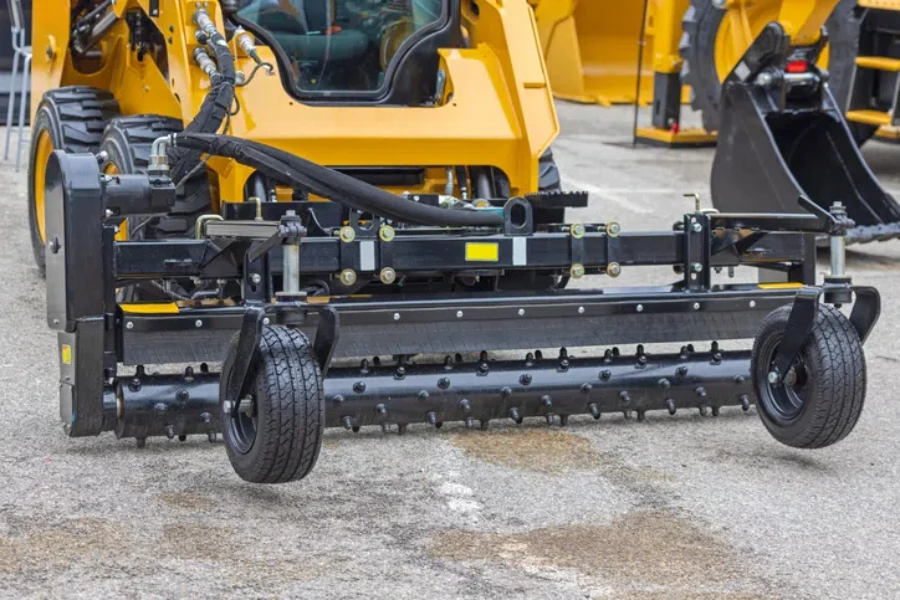
When selecting a skid steer loader for your operations, several critical considerations ensure the chosen machine meets your specific needs and delivers optimal performance. Below are the essential aspects to consider:
Engine Power and Performance
The engine power of a skid steer loader significantly influences its performance. Modern skid steers come with engines ranging from 50 to over 100 horsepower (HP). The choice depends on the type of work and load capacity required. For heavy-duty applications like excavation or demolition, a higher horsepower engine is essential for the necessary torque and speed. Engines with advanced fuel injection systems offer better fuel efficiency and reduced emissions, aligning with current environmental regulations.
Load Capacity and Operating Weight
Load capacity determines how much weight the skid steer can lift and carry, typically ranging from 1,300 to 3,500 pounds. Operating weight, which includes the machine’s weight and its attachments, impacts performance and stability. A higher operating weight generally indicates a more robust machine capable of handling larger loads safely. When calculating load capacity, consider the type of materials and the frequency of heavy loads.
Attachments and Versatility
Skid steer loaders are highly versatile due to the wide range of available attachments, such as buckets, pallet forks, augers, trenchers, and hydraulic hammers. The quick-attach system allows operators to switch between attachments swiftly, enhancing productivity. Ensure the skid steer you select is compatible with the attachments you plan to use. Consider the hydraulic flow rate, as high-flow hydraulics are necessary for operating more demanding attachments.
Maneuverability and Size
The compact size of skid steer loaders makes them ideal for operations in confined spaces. Smaller skid steers, around 3 feet wide, are suitable for indoor work and tight spaces, while larger models, up to 6 feet wide, offer greater stability and lifting capacity for outdoor and construction site applications. The turning radius is another critical factor; skid steers with a zero-turn radius provide excellent maneuverability in restricted areas.
Safety Features and Ergonomics
Safety is paramount when operating heavy machinery. Modern skid steer loaders come equipped with various safety features, such as rollover protective structures (ROPS), falling object protective structures (FOPS), and advanced operator restraint systems. Ergonomic design elements like adjustable seats, intuitive controls, and enhanced visibility contribute to operator comfort and reduce fatigue. Ensure the skid steer complies with industry safety standards and certifications to minimize the risk of accidents.
Advanced Technology Features in Skid Steer Loaders
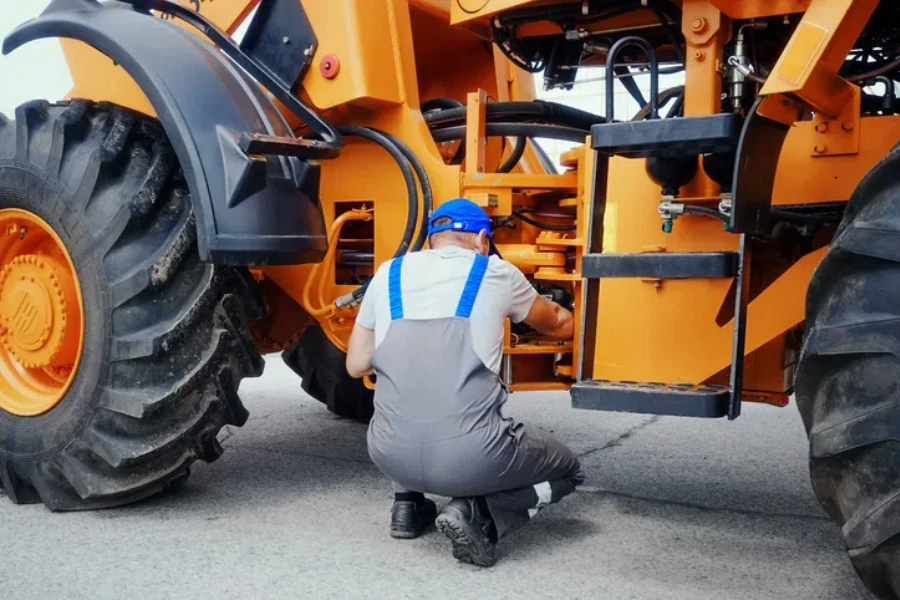
Telematics and Remote Monitoring
Telematics systems provide real-time data on equipment performance, location, and maintenance needs. Skid steer loaders equipped with telematics can transmit data to a centralized system, allowing fleet managers to monitor operations remotely. This technology aids in predictive maintenance, reducing downtime and extending the machine’s lifespan. Telematics can also enhance security by tracking the machine’s location and alerting operators to unauthorized use.
Automated Control Systems
Automation is becoming increasingly prevalent in skid steer loaders. Automated control systems, such as grade control and machine guidance, improve precision and efficiency in tasks like grading and excavation. These systems use sensors and GPS technology to guide the machine, ensuring consistent results and reducing operator error. While initially more expensive, automated control systems can significantly improve productivity and reduce operational costs over time.
Emission Control Technologies
With stricter environmental regulations, emission control technologies are critical in modern skid steer loaders. Advanced engines with Tier 4 compliance reduce harmful emissions like nitrogen oxides (NOx) and particulate matter (PM). Features such as diesel particulate filters (DPF) and selective catalytic reduction (SCR) systems ensure that machines meet regulatory standards while maintaining performance. Investing in a skid steer with robust emission control technologies can also result in long-term savings through fuel efficiency and potential tax incentives.
Durability and Build Quality
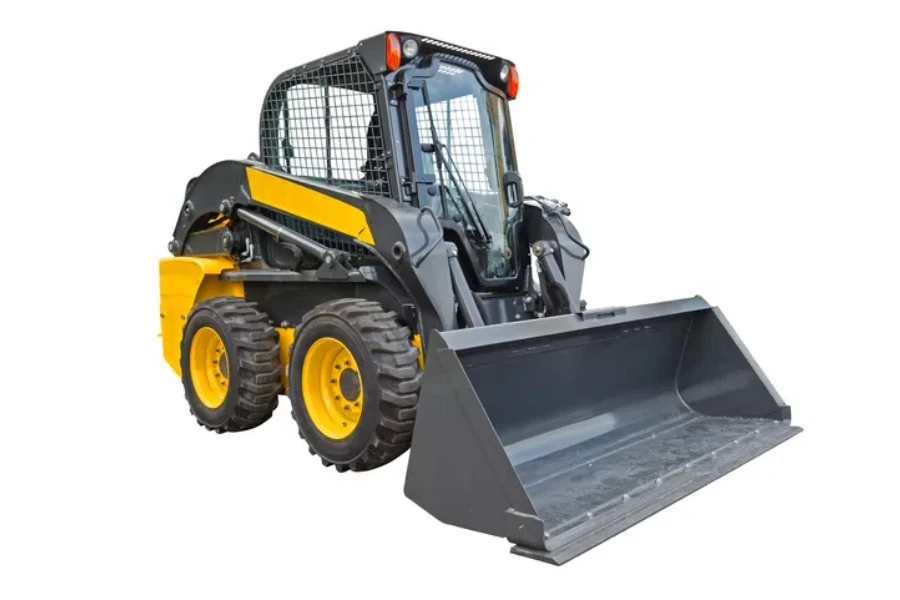
Frame and Structural Integrity
The durability of a skid steer loader is largely determined by its frame and structural components. High-quality steel construction and reinforced joints enhance the machine’s ability to withstand heavy use and harsh conditions. Look for models with robust undercarriages and protective plating to guard against damage from debris and rough terrain. The quality of welding and the design of stress points are also critical factors in ensuring long-term durability.
Hydraulic System Quality
The hydraulic system is the lifeblood of a skid steer loader, powering its lifting and attachment functions. High-quality hydraulic components, including pumps, hoses, and cylinders, are essential for reliable performance. Consider machines with advanced hydraulic cooling systems to prevent overheating during intensive operations. Regular maintenance of the hydraulic system, such as checking fluid levels and replacing filters, is crucial for maintaining optimal performance and extending the machine’s lifespan.
Warranty and Support
A comprehensive warranty and robust support network are indicators of a manufacturer’s confidence in their product’s durability. When selecting a skid steer loader, consider the length and coverage of the warranty, including parts and labor. Additionally, evaluate the availability of service centers and customer support responsiveness. A strong warranty and support system can provide peace of mind and protect your investment in the long run.
Cost Considerations and Budgeting
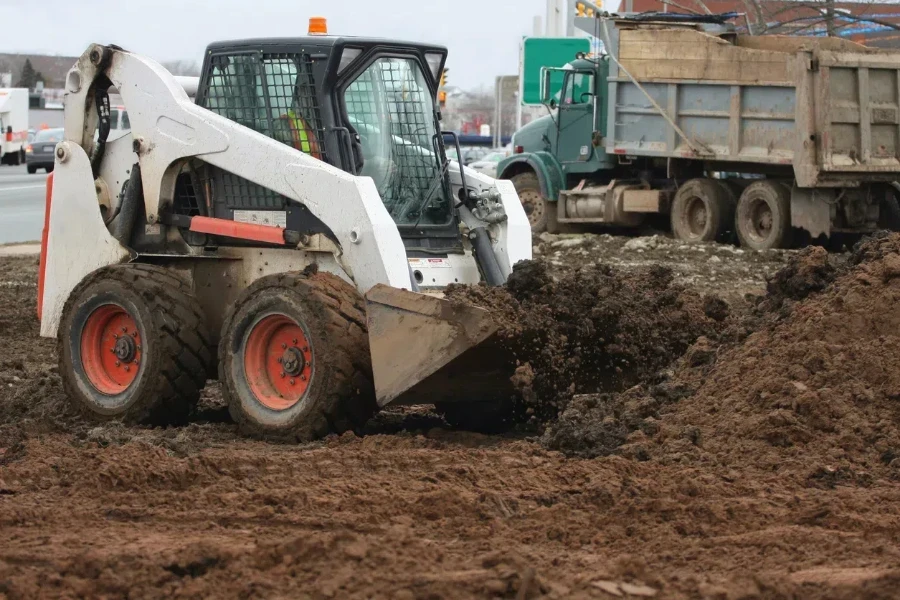
Initial Purchase Price
The initial purchase price of a skid steer loader varies widely based on brand, model, and features. Entry-level models may start around $20,000, while high-performance machines with advanced technology can exceed $80,000. When budgeting, consider not only the base price but also the cost of essential attachments and any additional features required for your specific applications.
Operating and Maintenance Costs
Operating costs include fuel, lubricants, and routine maintenance expenses. Fuel efficiency is a critical factor in reducing operating costs, especially for machines used extensively. Maintenance costs encompass regular servicing, replacement of wear parts, and potential repairs. Investing in a skid steer loader with a reliable track record and low maintenance requirements can result in significant savings over its operational life.
Financing and Leasing Options
Many manufacturers and dealers offer financing and leasing options to make purchasing a skid steer loader more accessible. Financing allows you to spread the cost over several years, while leasing can provide flexibility with lower monthly payments and the option to upgrade to newer models. Evaluate the terms and conditions of financing or leasing agreements carefully to ensure they align with your financial strategy and operational needs.
Future Trends in Skid Steer Loader Technology
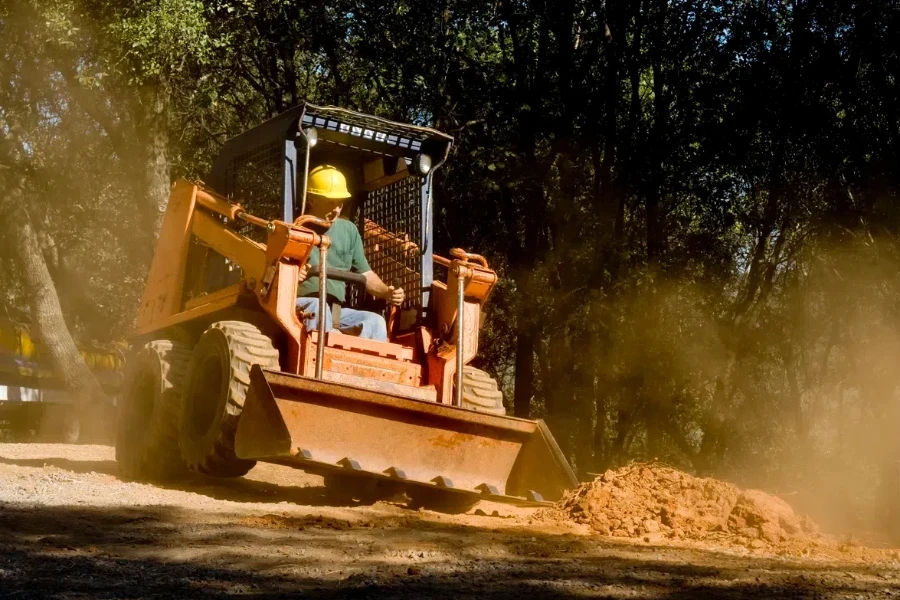
Electrification
The trend towards electrification is gaining momentum in the construction machinery industry. Electric skid steer loaders offer several advantages, including reduced emissions, lower operating costs, and quieter operation. Advances in battery technology are making electric models more viable for a range of applications. Although the initial cost of electric skid steers may be higher, the long-term benefits in terms of sustainability and cost savings are substantial.
Integration with Smart Construction Sites
The concept of smart construction sites is becoming a reality with the integration of IoT (Internet of Things) devices and advanced software. Skid steer loaders equipped with sensors and connectivity features can communicate with other machinery and site management systems. This integration enables real-time data sharing, optimized workflow coordination, and enhanced safety. As smart construction sites become more common, the demand for technologically advanced skid steer loaders is expected to rise.
Autonomous Operation
Autonomous skid steer loaders represent the future of construction equipment. These machines use advanced AI and machine learning algorithms to perform tasks with minimal human intervention. Autonomous skid steers can operate in hazardous environments, perform repetitive tasks with high precision, and increase overall site productivity. While fully autonomous skid steers are still in the developmental stage, incremental advancements in automation and robotics are paving the way for their eventual adoption.
Final Thoughts
Selecting the right skid steer loader involves careful consideration of various factors, including performance, versatility, safety, and cost. By evaluating these aspects thoroughly, you can ensure that the skid steer loader you choose will meet your operational needs and provide long-term value. As technology continues to advance, staying informed about emerging trends and innovations will help you make informed decisions and maintain a competitive edge in the industry.
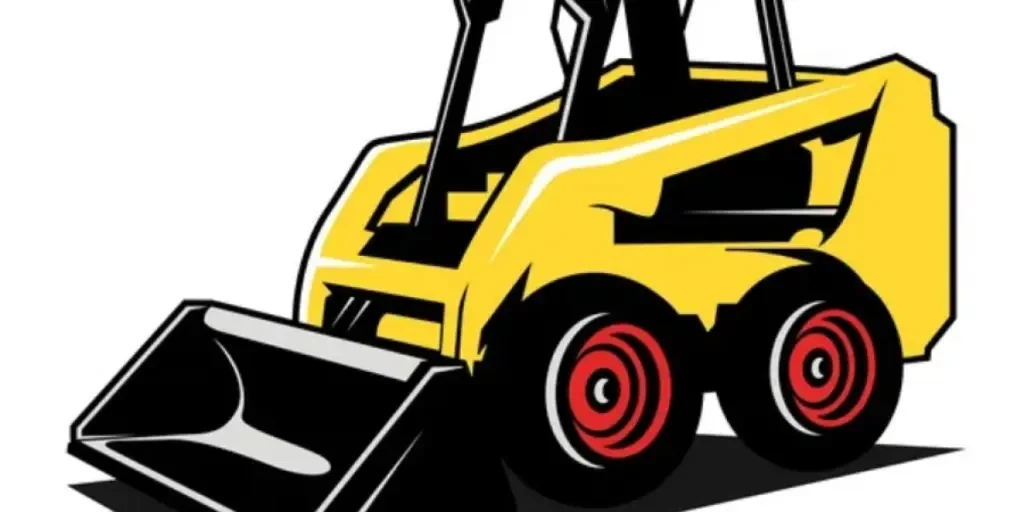




 বাংলা
বাংলা Nederlands
Nederlands English
English Français
Français Deutsch
Deutsch हिन्दी
हिन्दी Bahasa Indonesia
Bahasa Indonesia Italiano
Italiano 日本語
日本語 한국어
한국어 Bahasa Melayu
Bahasa Melayu മലയാളം
മലയാളം پښتو
پښتو فارسی
فارسی Polski
Polski Português
Português Русский
Русский Español
Español Kiswahili
Kiswahili ไทย
ไทย Türkçe
Türkçe اردو
اردو Tiếng Việt
Tiếng Việt isiXhosa
isiXhosa Zulu
Zulu